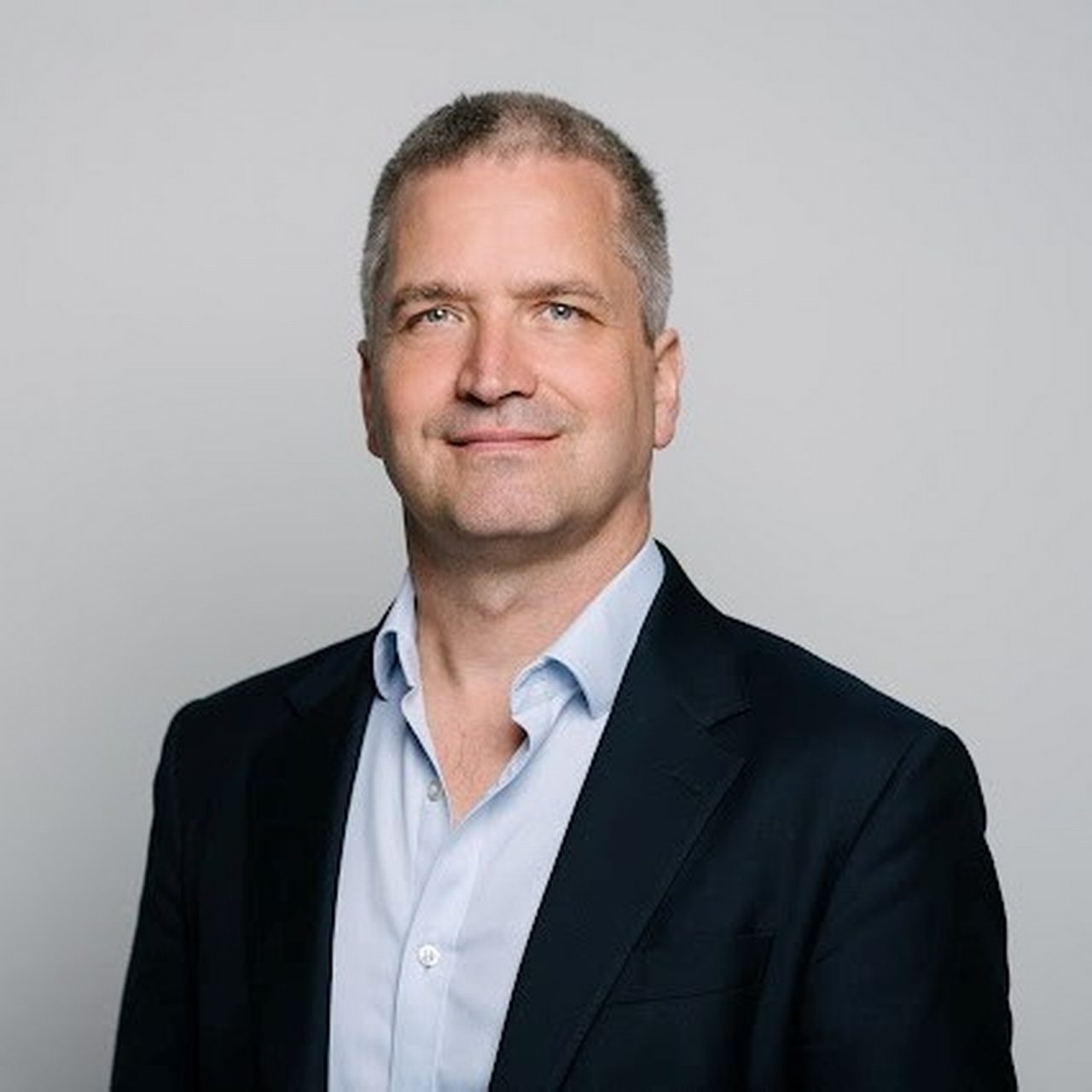
Beyond beauty: buildings that work for the planet
From power-generating lifts in Frankfurt to an unexpected oasis in London – discover how the bank is helping shape the future of building and working.
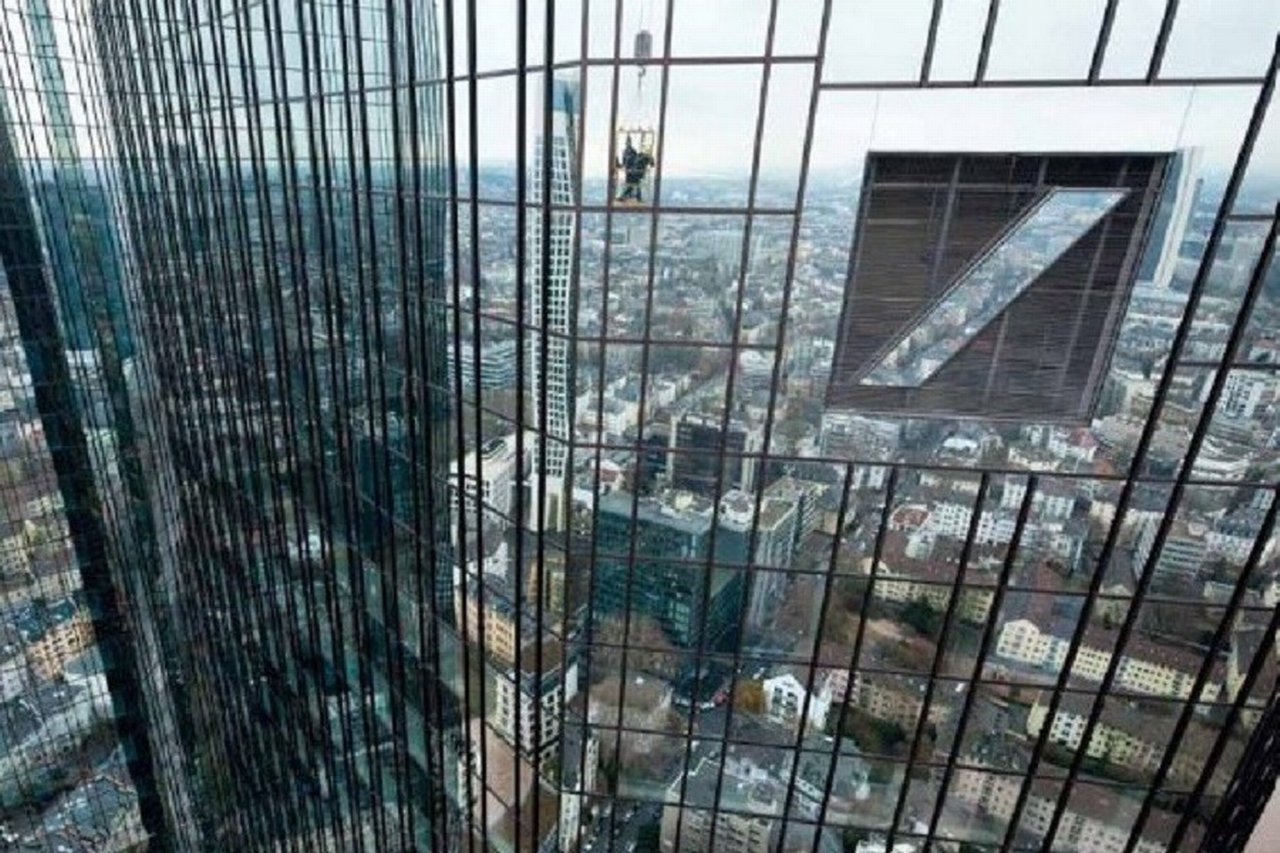
Taunusanlage towers in Frankfurt
Built more than 40 years ago, Deutsche Bank's two skyscrapers on Frankfurt’s Taunusanlage have become a landmark in the city’s financial centre.
Their highly acclaimed renovation from 2008 to 2010 made them a prime example of sustainable redevelopment.

New technology saves energy and water
Today, the towers are among the most energy-efficient skyscrapers in the world. After renovation, energy consumption fell by half, water consumption by more than 70 percent and CO₂ emissions by almost 90 percent. Achieving these ambitious environmental targets required fundamental changes.
In the new head office, lifts generate electricity, while concrete and special ice storage units cool the offices and the building. Fresh air flows into the building through the logo on the glass facade, and storm-proof hinges allow windows to open.
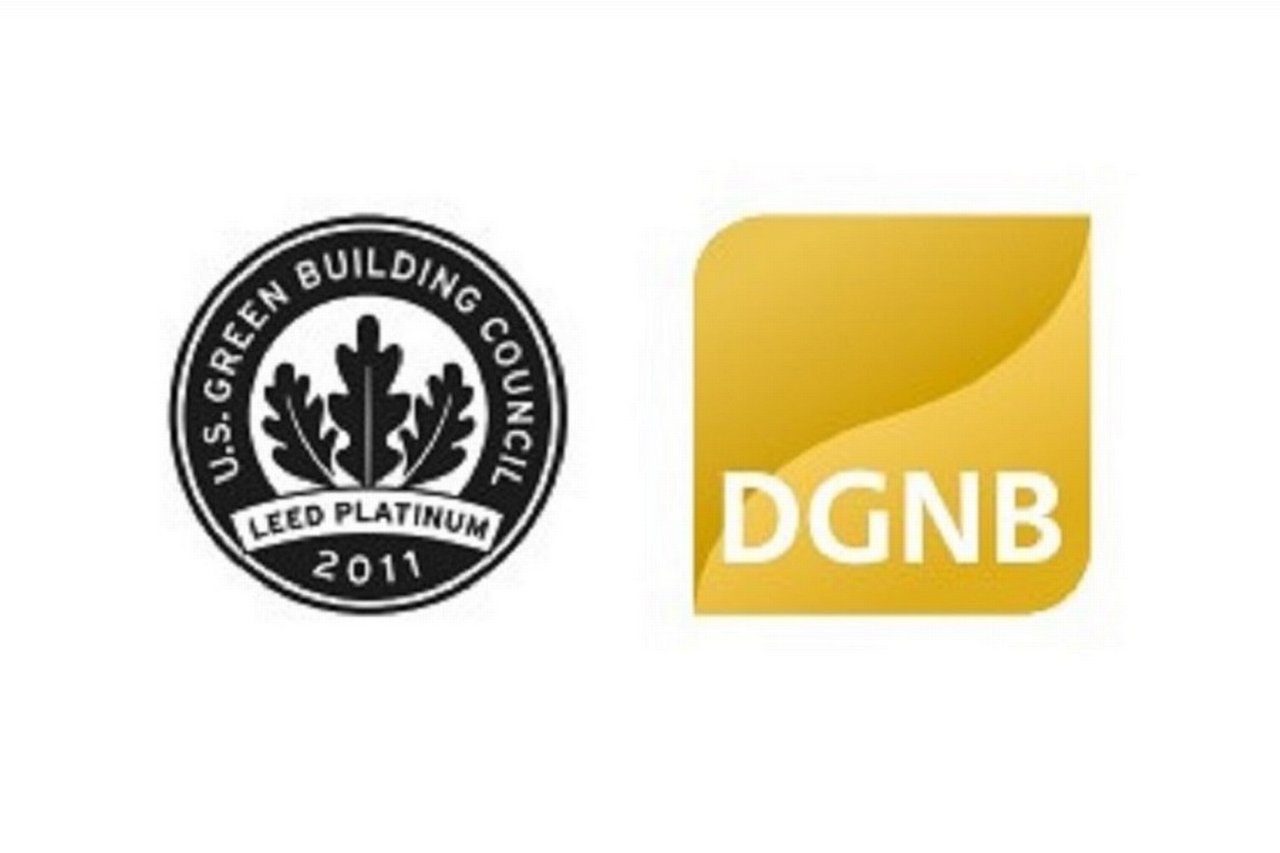
Certified sustainable
Deutsche Bank received LEED International Standard certification in the highest category, Platinum, for the modernised towers. And the German Sustainable Building Council (DGNB) awarded the bank Gold.
The bank now aligns all its major buildings worldwide with the Taunusanlage standard. And there is a clear directive from the Management Board to reduce the bank’s carbon emissions across the globe.
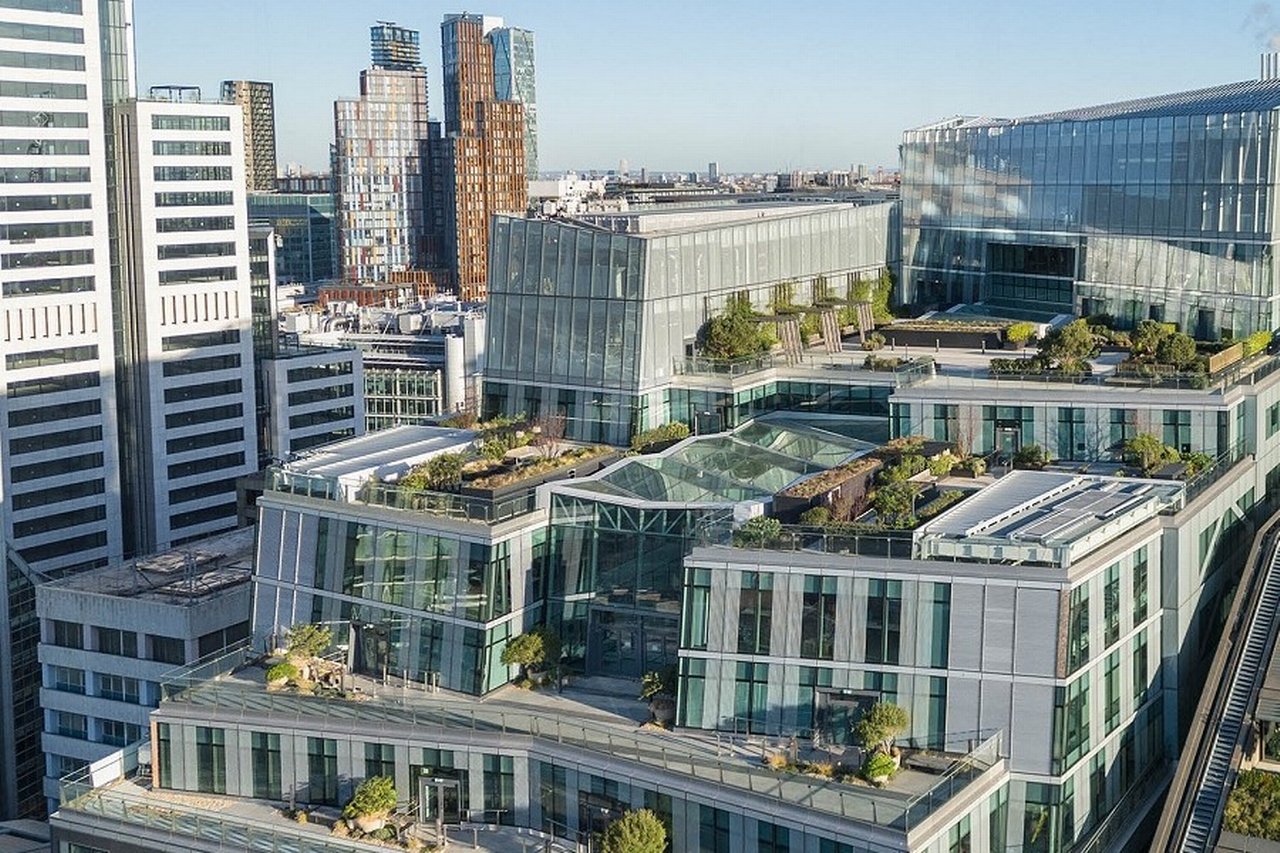
London calling – Moorfields 21
Past, present and future converge at Deutsche Bank's new London headquarters at Moorfields 21.
The Moorgate district in the City of London is familiar territory; it is close to where the Deutsche Bank London branch first opened its doors in 1873 and where its headquarters were later located, between 1977 and 1981.

Inner-city oasis
Moorfields 21 was built for the future. Not only is the new building directly above the new Elizabeth Line tube entrance to Moorgate station, offering fast connections to Heathrow Airport and Canary Wharf, where the Bank has other offices; the city's greening initiative played an important role in planning and 20 percent of the building’s area is reserved for biodiverse habitats, creating an unexpected inner-city oasis.
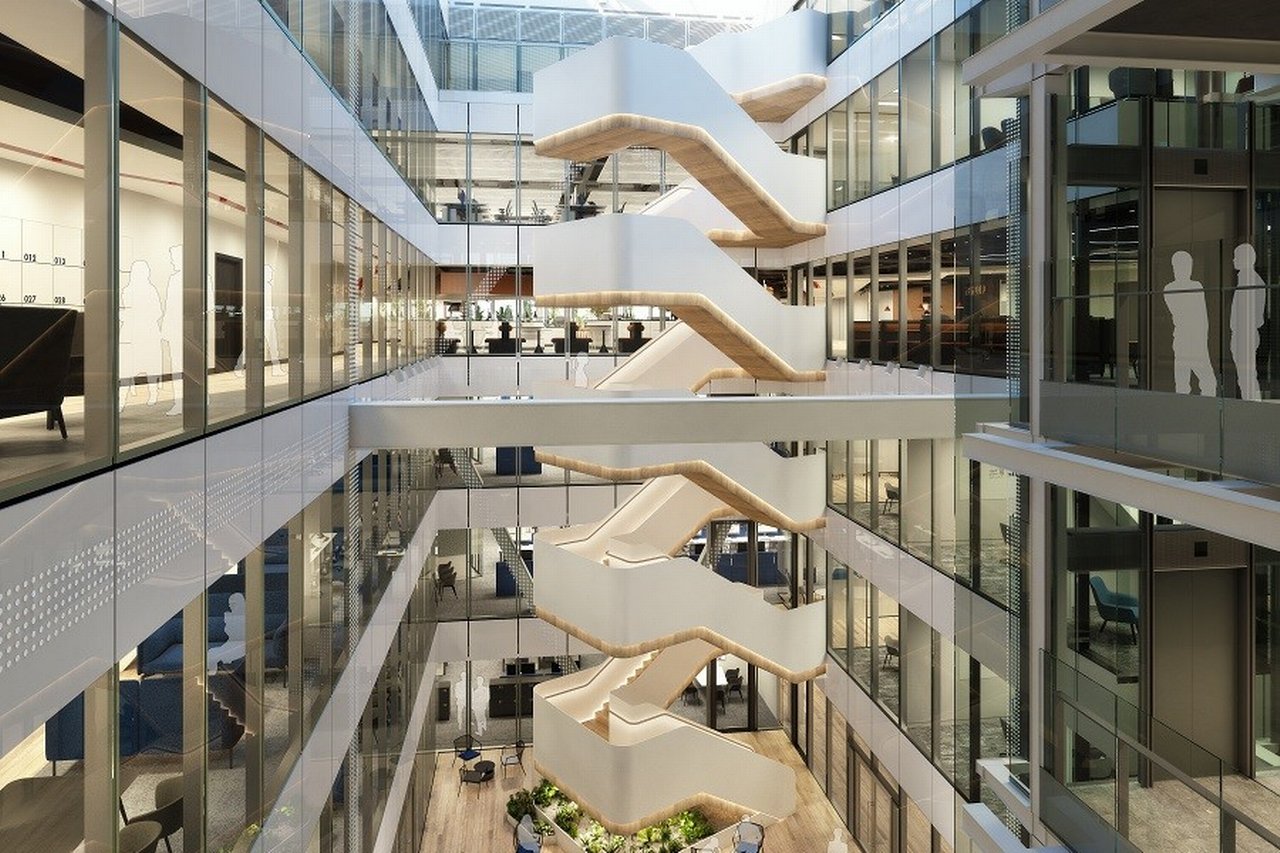
Future of work
Sustainability at Moorfields 21 follows a holistic approach, from building materials to the CO₂ balance. Electricity consumption, for example, is 60 percent lower than at the bank’s previous location in London. The basement of Moorfields offers parking for bicycles instead of cars. All throughout the building, the future of work is already a reality.
Across 14 floors, the building accommodates more than 5,000 people. Open spaces invite employees to find areas where they feel comfortable. Outdoor terraces provide fresh air and city views.
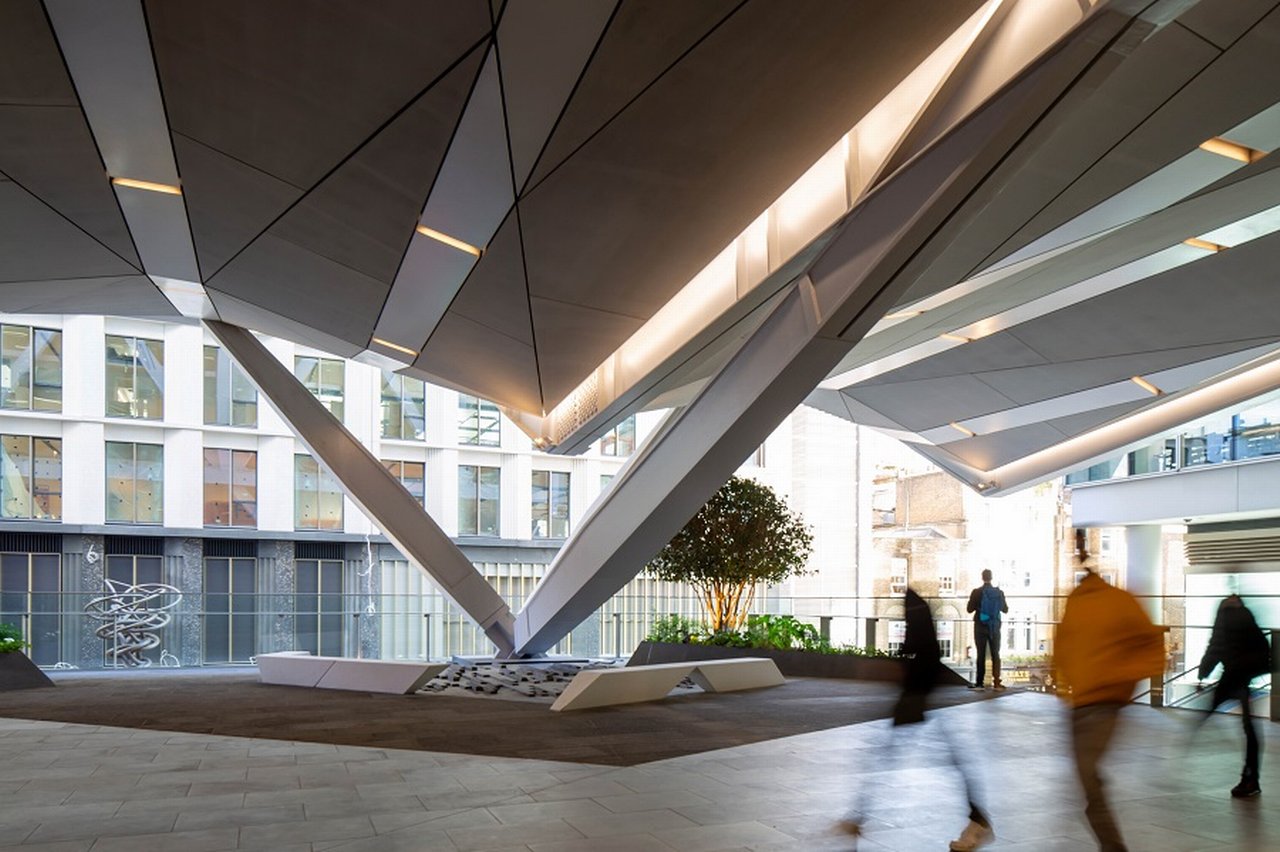
Building of the year
In mid-June 2025, the Architects' Company, a professional association promoting high-quality architecture, recognised Moorfields 21 as “City of London Building of the Year”. In its unanimous decision, the jury called the building “a masterpiece of architectural thinking and creative collaboration.”
This page was published in November 2025.

Martin L. Müller
… as Deutsche Bank’s corporate historian, has been studying the various aspects of financing construction projects for many years. These range from financing residential buildings through mortgages and loans from building societies to major infrastructure projects such as railways and power plants, as well as the premises used by Deutsche Bank itself.
Recommended content
Responsible Growth | Outlook
Saving energy with networks Saving energy with networks
Smart buildings, connected infrastructure and intelligent data: Rainer Haueis from Siemens Smart Infrastructure explains how digital technology is turning buildings into autonomous actors.
Saving energy with networks Becoming more efficient – togetherResponsible Growth | Video Story
Sustainable student living Sustainable student living
Project Development company UPP is building sustainable student accommodations across the UK, limiting carbon production in the building lifecycle.
Sustainable student living Come inResponsible Growth | Opinion
“The elephant in the climate room” “The elephant in the climate room”
Philipp Misselwitz has a vision: the construction sector can protect the planet rather than harm it. In an interview, he shares how this might work.
“The elephant in the climate room” Unlock expert insights


